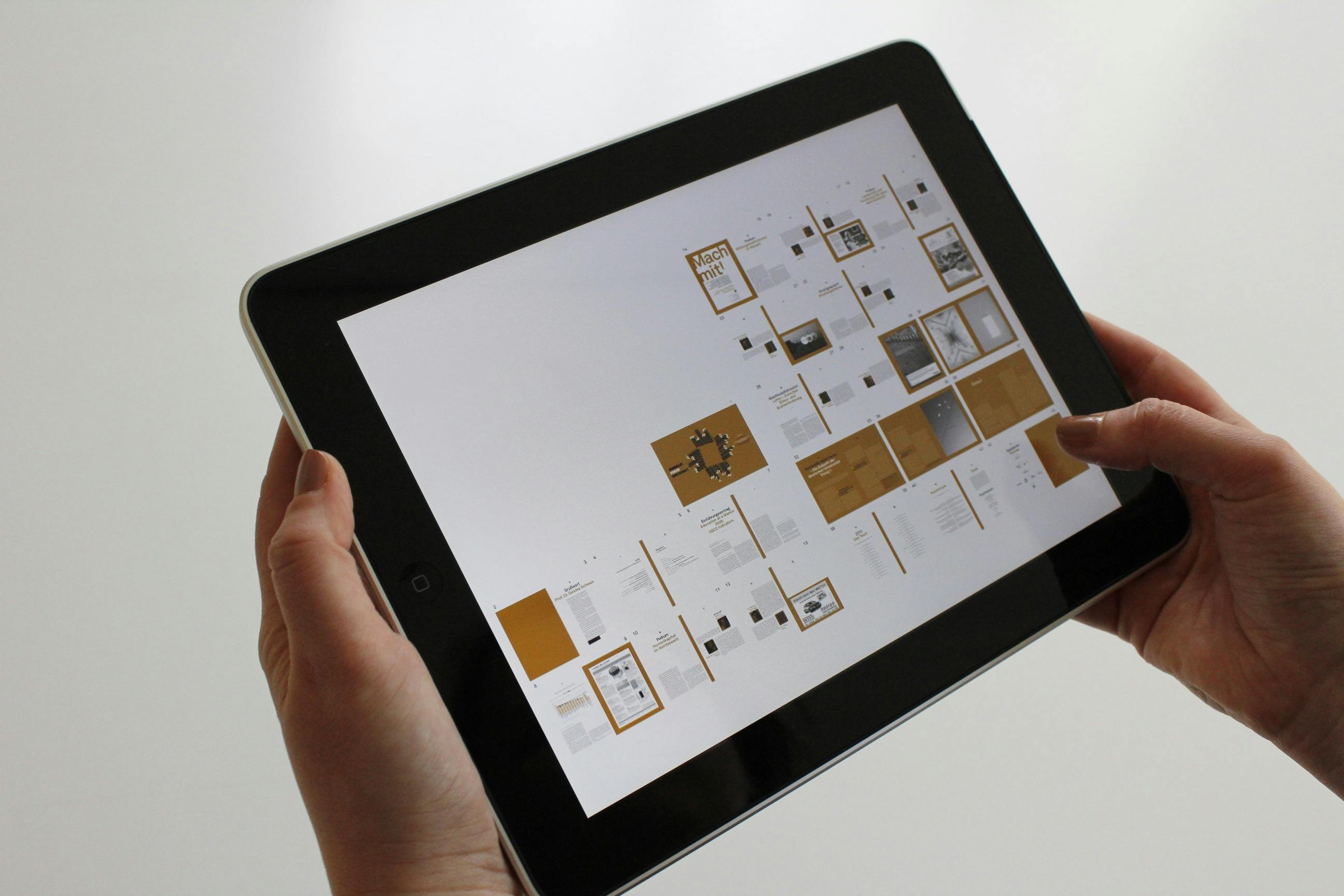Started in the early 20th century, there are two existing coal-fired power plants operating at full capacity of 100 and 270 megawatts (MW) respectively. The first plant was built by Cambodia Energy Ltd, a local subsidiary of Malaysia’s Leader Universal Ltd, which opened in 2014. The second plant was built by a joint venture between Cambodia International Investment Development Group (CIIDG) and Erdos Hongiun Electric, with headquarters in China. Power Company, Ltd. This second coal-fired power plant came online in 2015 and is being developed for millions of dollars of increased power generation capacity that is sufficient to produce 700 MW of power to sustain the consumption of local electricity. The outcome of this expansion depends solely on the availability of imported coal from Indonesia, the main coal exporter to Cambodia and one of the world’s largest potential coal producers.
This is not over yet as the demand for electricity consumption increases, so the supply must be available. In order not to depend solely on the import of electricity from neighboring countries, it is necessary to expand national production. In addition to the two existing coal-fired power plants; The Royal Government of Cambodia is currently planning the construction of a third coal-fired power plant in the same area. It will be marked as the Kingdom’s third approved coal-fired power generation facility located in the southern coastal area of Sihanoukville. The entire project was handed over to the Japanese firm, Toshiba Plant System and Service Cooperation (TPSC), a wholly owned subsidiary of Japanese electronics manufacturing giant Toshiba, will build the turnkey power plant for Cambodian Energy II Co Ltd ( CEL2), the plant will operate at 150MW of total capacity upon completion. Construction will be carried out in full collaboration with TPSC Engineering Malaysia and TPSC Thailand. The contract has been awarded by Cambodia Energy II Company Limited, a subsidiary of Malaysia’s Leader Universal Holdings which operates the first existing coal-fired power station as mentioned. The electricity production will be purchased by Electricité du Cambodge (Electricity of Cambodia), a state-owned company operated under the full direct supervision of the Ministry of Economy and Finance, the administrator of revenue and profit; and the Ministry of Mines and Energy, energy and electricity policy maker, of the Royal Government of Cambodia. TPSC and its group companies will be responsible for the overall project, including engineering, equipment supply, construction work, installation, testing and adjustment. TPSC will manage the entire project and engineering, its Malaysian subsidiary will be responsible for equipment procurement and its Thai subsidiary will handle construction. At another development site, Pöyry, a Finnish engineering company, was awarded a contract to support panel design review, site supervision, quality control and warranty services, project management and commissioning. running of the power plant.
There has been a controversial worldwide debate on how to stop the continuing trend of fossil fuel projects. In other words, the use of fossil fuels for energy production must be abolished at all costs to preserve the well-being of the environment. The real question that got me thinking is “Why should the third approved coal-fired power plant stop?” when it matters to Cambodia’s energy sector. To give a comprehensive answer to these questions, the real costs of burning coal for the production of energy, basically in the form of electricity, must be identified. The advantages of burning fossil fuels such as coal for the country’s economy can be seen less than its disadvantages for the environment and ecology are elaborated as follows:
First, coal dusts contribute to heart and lung disease, which also poses a danger to aquatic life and reduces water quality once the coal escapes from the storage tank. It seems worse when the ship carrying coal sank completely in the water. Other means of transporting coal by land can also be dangerous to humanity, land animals and plants when improperly transported.
Secondly, coal is known as the non-renewable and unsustainable source of energy production with limited availability of total global coal reserves only lasting for 134 years of current consumption rate, and could emit nearly 2000 Gt of emissions. of CO2 if all were used. Coal has been recognized as the world’s deadliest source of electricity killing up to 280,000 people for every 1,000 terawatt hours of electricity generated, as burning coal alone is responsible for 46% of CO2 emissions worldwide and represents 72% of the total. greenhouse gas emissions from the energy sector. CO2, once released into the sky, traps heat from the sun in Earth’s atmosphere, causing temperatures to rise over time.
Third, coal, when burned, generates the most CO2 among many other poisonous gases such as Nitrogen Oxide (NO) and Sulfur Dioxide (SO2), all of which are detrimental to health and freshness. from air. Nitrogen oxide released by a quantity of burning coal, along with SO2, cause acid rain when both gases come into contact with rainwater. The effects of acid rain on the ecosystem can be found on fish and wildlife and are most clearly seen in the aquatic environment. Acid rain also releases aluminum as it flows through the soil into lakes and other irrigation systems. Plants and animals, some types, are toxic with acid, they are sensitive to acid, this sensitivity is life-threatening as some species that live in water, including fish and frogs, can live under a specific level of pH. When acid rain damages the pH level in the water, even though some types of species are acid resistant, that doesn’t mean the other animals or plants they eat are. Another effect of acid rain on trees and plants can be seen in the death of trees and plants. Acid rain removes nutrients and minerals from the soil, causing the death of the plants and trees that most depend on these elements for the evolution of their lives. Rain containing acid element destroys the sustainability of infrastructure and construction in a long period. This problem can be seen in Cambodia as a country with a glorious civilization since ancient times, thousands of Buddhist and Hindu temples were built thousands of years ago to this day, many temples look in very poor condition, and some others have been totally collapsed. Acid rain is one of the main causes of this architectural destruction not to mention human activities and natural disasters. All of these are just some of the effects among many others that can be easily captured.
Fourth, despite causing acid rain, nitrogen oxide, along with carbon dioxide and carbon monoxide, trap smoke in the atmosphere as smog and haze. Breathing poisonous air has effects on human health, primarily causing fatal respiratory diseases such as asthma, exacerbating (worsening) a previously existing respiratory disease, and causing the development or progression of chronic diseases, such as lung cancer, chronic obstructive pulmonary disease. and emphysema. Coal is a major contributor to air pollution that kills around 7 million people a year, and the extraction, preparation, transportation and combustion of coal are extremely polluting, according to the World Food Organization. Health (WHO). When it comes to air pollution and environmental destruction, coal is the worst fossil fuel among others. The CO2 and carbon monoxide (CO) that are released by a particular amount of fully burned and not fully burned coal respectively, once released into the atmosphere, deplete the ozone layer and trap sunlight in the Earth’s atmosphere, thereby resulting in global warming. Therefore, the more greenhouse gas emissions that are released into the sky, the hotter the world will be. As long as the ozone layer is not working fully, the earth will be warmer attracting more ultraviolet light that causes sunburn. At one point, when global warming peaks and causes drought, that is when crops and plants will face difficult seasonal conditions to grow, resulting in a reduced food supply in opposition to the increasing demand for food.
Fifth, another major consequence of what the world is currently experiencing is sea level rise. Those of the icebergs floating on the surface of the Arctic Ocean and probably the entire North Pole will melt sequentially as the temperature continues to rise to the peak. The same phenomenon applies to the large icebergs on the Antarctic continent which consists of the South Pole. These major global natural disasters will cause devastating flooding that will kill hundreds of thousands of people on land.
Sixth, environmental sustainability is worsening due to the clearing of forests for land concessions and the construction of coal-fired plants. Deforestation destroys the best oxygen (O2) producer and CO2 absorber, leaving many families displaced. People are forced to move in the form of migration to urban areas resulting in an overwhelming urban population which leads to the urbanization process which then causes insecurity and social instability. That being said, carbon is harmful to all living things on earth, from animals, humans, and plants. Sanitation will decline and people’s well-being will decline with the use of more and more coal.
Seventh, coal-fired power plants indirectly affect the tourist destination. Since almost all the coal plants are located in the coastal area of Sihanoukville, the coastal tourist attraction area is devastatingly polluted by coal plants which reduce air quality, causing local and international visitors to reconsider. change your tourist destination. Then the financial income of the Kingdom obtained from the tourism sector will be reduced. Local residents are also affected by the polluted air they breathe every day.
Eighth, in addition, the importation of coal, as in the case of Cambodia, leaves the country excessively dependent on the foreign exporter. This consequence of political economy leads the country of origin to depend to a great extent on the availability and accessibility to consume coal, otherwise, the country would fall into a deep energy problem.
All this said, coal is a good use of energy and economically profitable; however, it is extremely bad for the environment and life on planet earth. Therefore, countries should reconsider licensing any coal-related projects in the forms of exploration, production, import, and consumption, and shift to relying more on renewable and sustainable sources of energy production.



